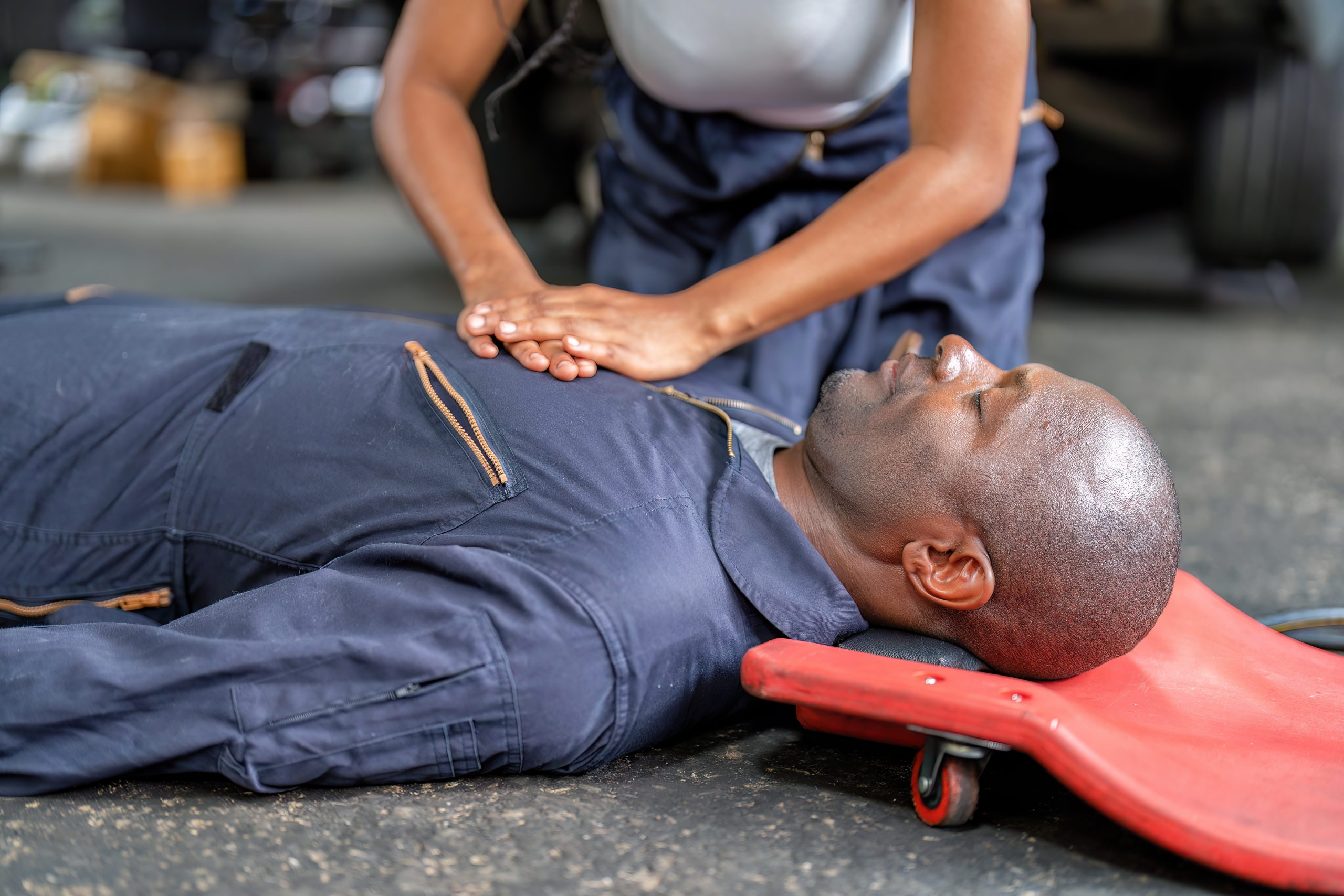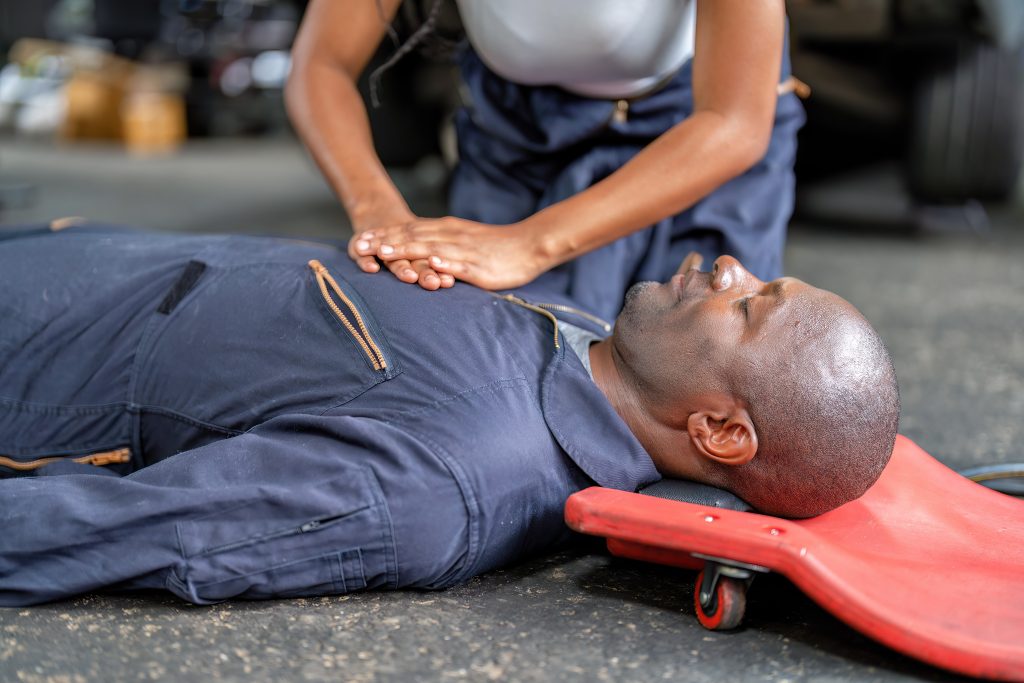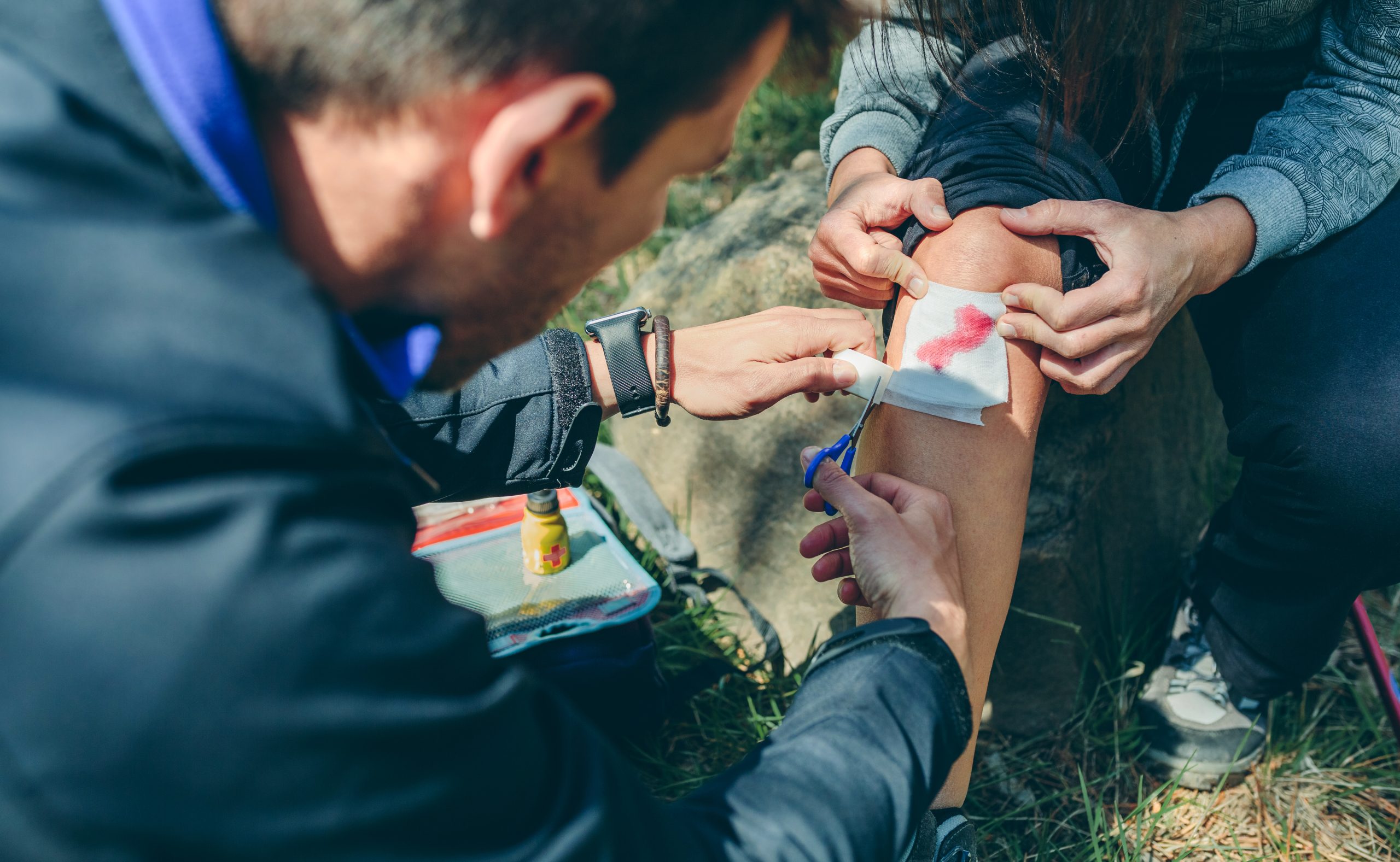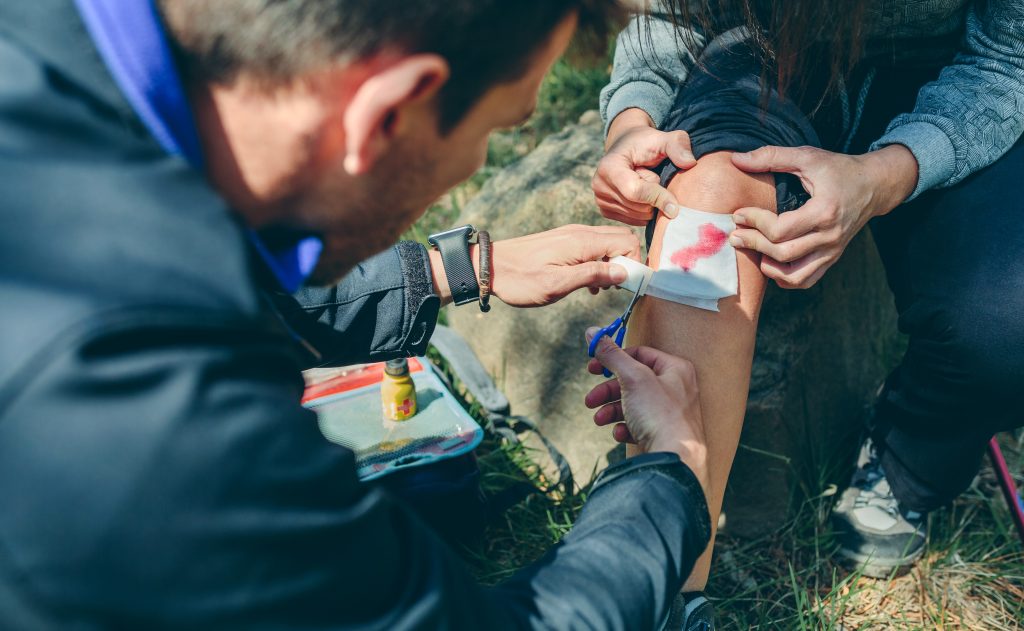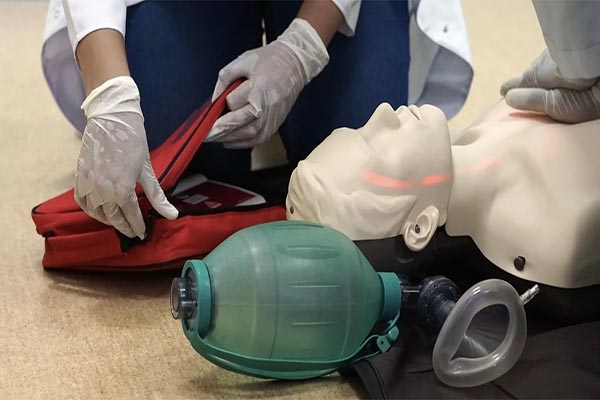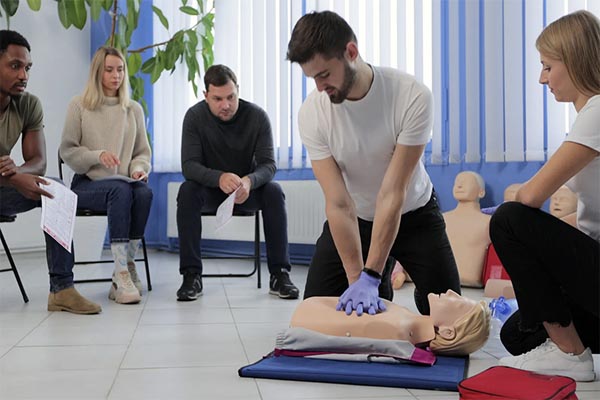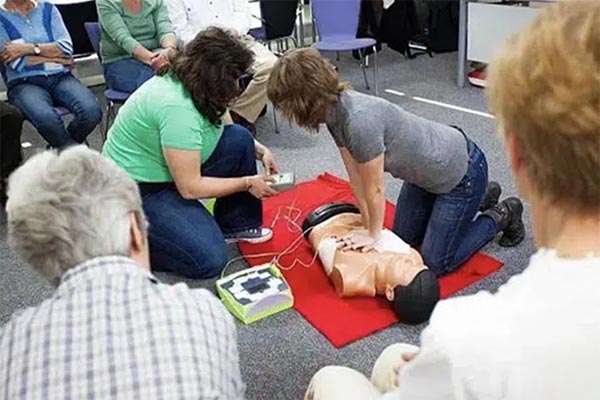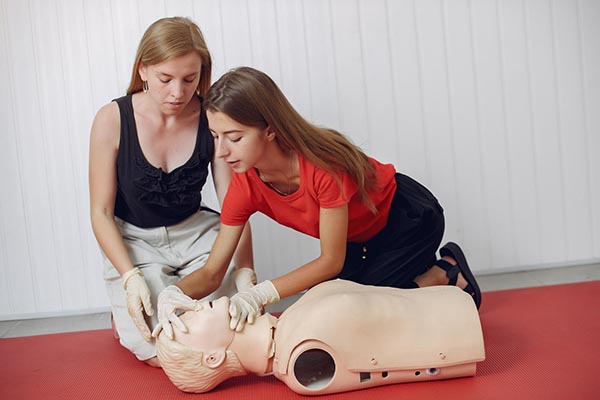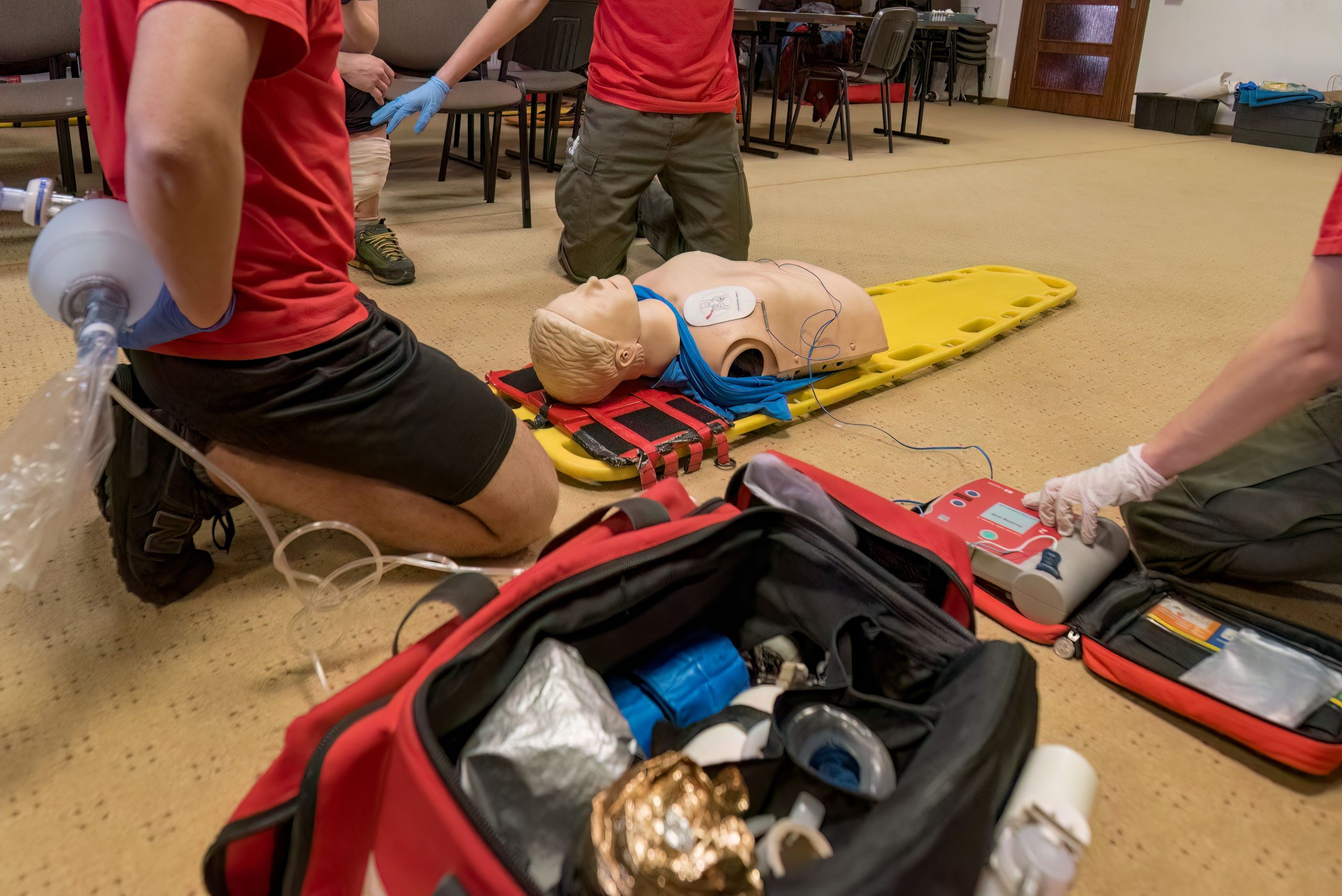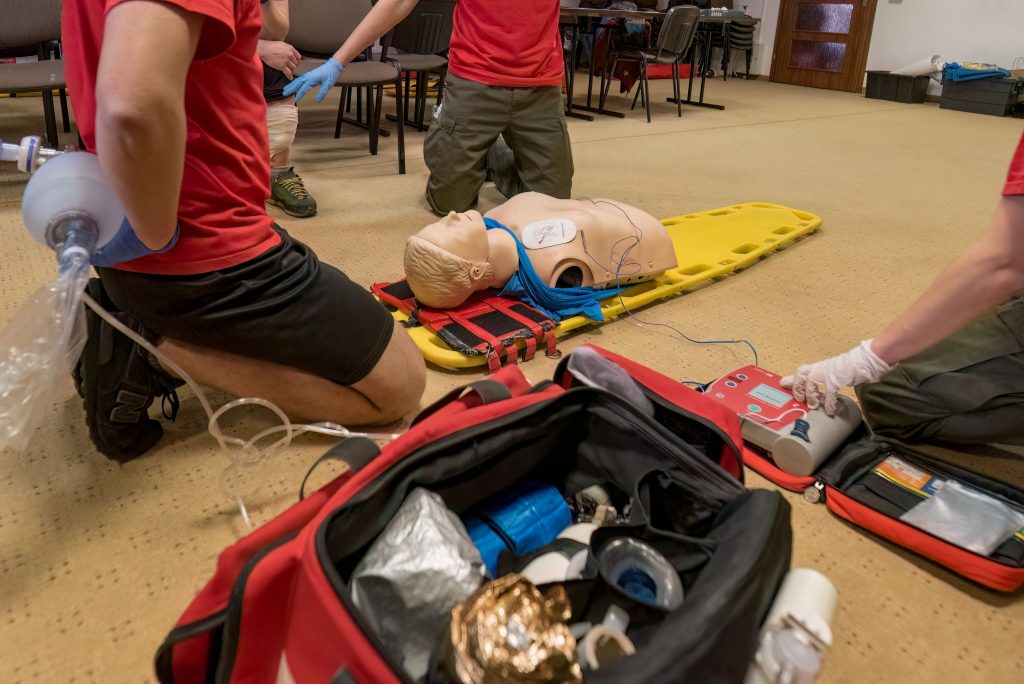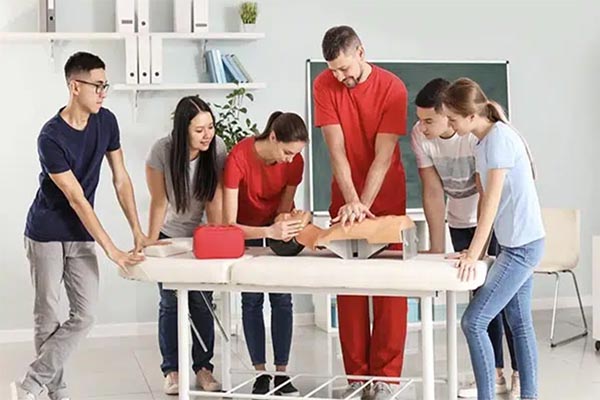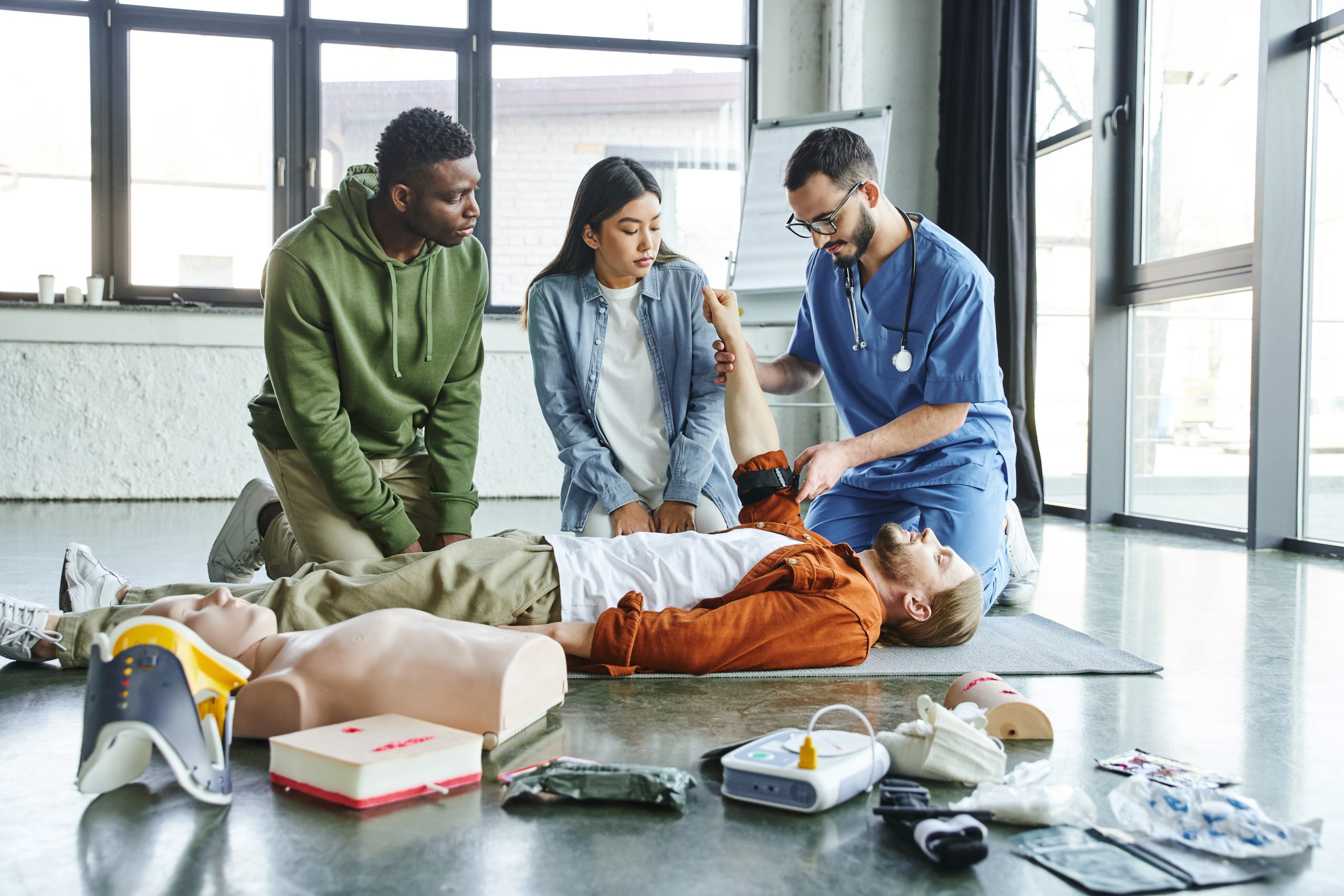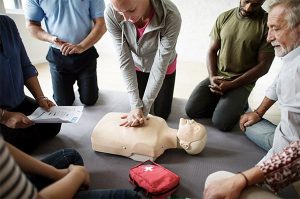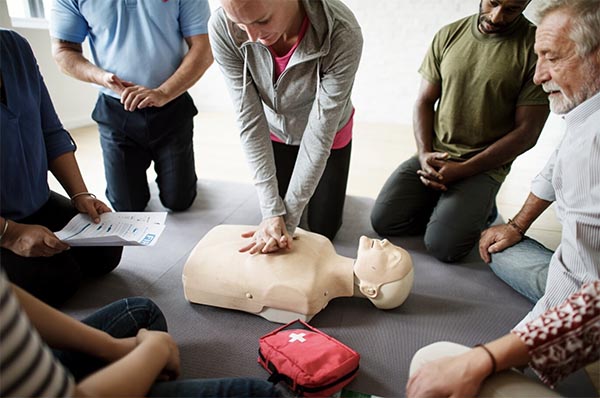Group CPR Training for Offices and Schools in San Diego, CA
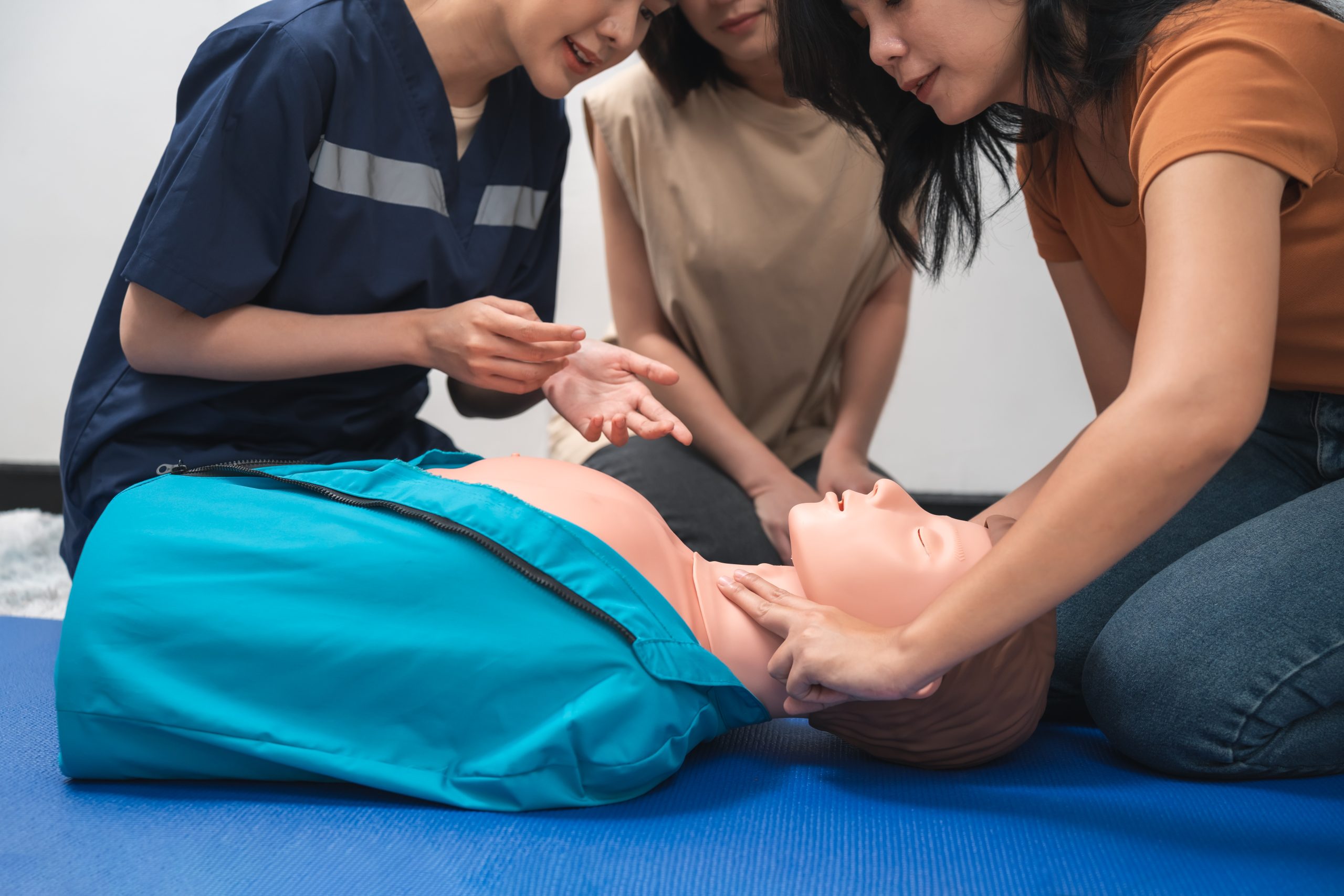
Group CPR Training for Offices and Schools in San Diego, CA
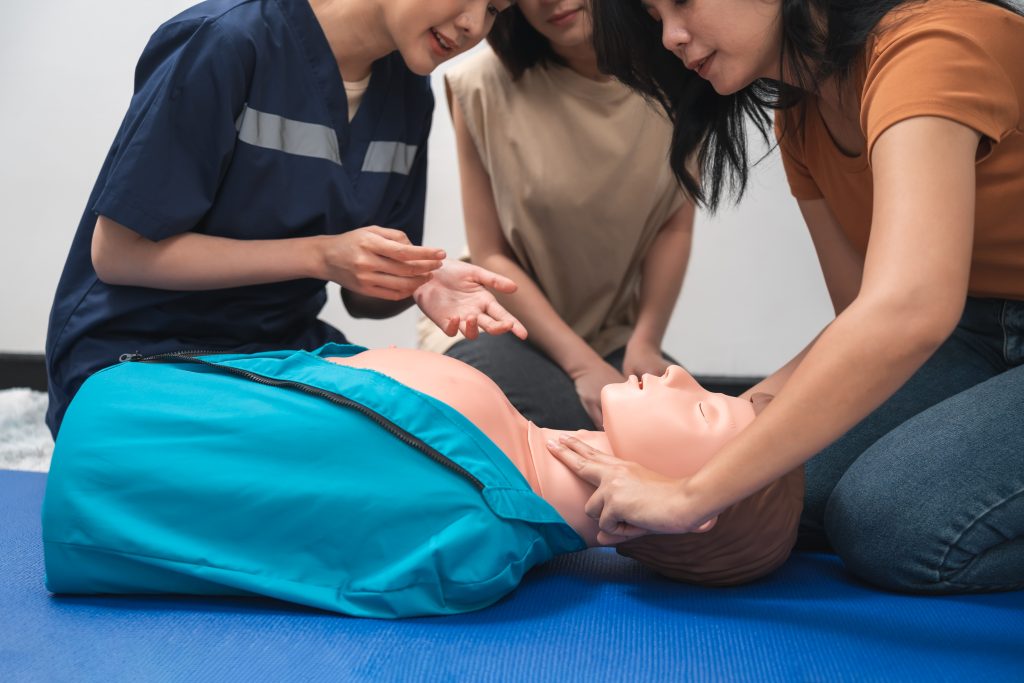
When it comes to emergency preparedness, few skills are as valuable as CPR, Cardiopulmonary Resuscitation. Whether in an office environment or a school setting, knowing how to respond quickly and effectively during a cardiac emergency can save lives. That’s why group CPR training has become a popular choice for organizations in San Diego looking to boost safety and readiness among their teams.
Why Group CPR Training Matters for Offices and Schools
In any workplace or educational institution, emergencies don’t announce themselves ahead of time. Sudden cardiac arrest, choking, or other medical incidents can happen anywhere, anytime. Having a group of employees or staff members trained in CPR creates a safer environment for everyone.
For offices, group CPR training promotes teamwork and boosts confidence. Employees learn not just how to administer CPR, but also how to act cohesively during an emergency. This training aligns with workplace safety regulations and often fulfills compliance requirements set by occupational safety agencies.
Schools have an even greater responsibility. Teachers, administrators, and support staff are responsible for the safety of students throughout the day. Group CPR training ensures that multiple people on campus can respond immediately if a student or colleague suffers a cardiac emergency. It also fosters a culture of care and readiness that benefits the entire school community.
What Group CPR Training Includes
Group CPR training in San Diego usually covers several core elements:
- Hands-on practice: Participants use mannequins and other equipment to practice chest compressions and rescue breathing.
- Automated External Defibrillator (AED) use: Training on how to safely and effectively use AEDs, critical devices that can restore normal heart rhythm.
- Emergency response protocols: Guidance on how to recognize cardiac arrest and initiate emergency response procedures.
- Tailored content: Training can be customized to the specific needs of offices or schools, including scenario-based drills relevant to each environment.
Benefits of Group Training Over Individual Classes
While individual CPR classes are useful, group training offers unique advantages:
- Cost-effectiveness: Group sessions typically cost less per person, making it easier for organizations to train multiple people at once.
- Team building: Learning lifesaving skills together enhances group cohesion and communication.
- Consistency: Ensures everyone receives the same high-quality instruction and messaging.
- Convenience: Classes can be scheduled onsite at your office or school, minimizing downtime and disruption.
Why Choose CPR Training in San Diego?
San Diego’s vibrant community is proactive about health and safety. Local CPR training providers understand the unique needs of the area’s offices and schools, offering flexible scheduling, certified instructors, and up-to-date training aligned with the latest American Heart Association guidelines.
By choosing group CPR training near you, you ensure your team receives expert instruction without the hassle of traveling far or arranging separate sessions. Plus, training close to home means instructors are familiar with local regulations and resources, providing tailored support that’s relevant and practical.
Getting Started With Group CPR Training
If you’re ready to enhance safety and readiness in your San Diego office or school, arranging group CPR training is easier than you think. Reach out to CPR Classes Near Me to discuss your group size, preferred training dates, and any specific needs you might have.
Their professional team will help you schedule an onsite training session designed to equip your employees or staff with lifesaving skills in a supportive, interactive environment.
Conclusion
Group CPR training is a smart investment for offices and schools in San Diego, providing essential skills that could one day save a life. It’s more than just a course, it’s about creating a safer community, fostering teamwork, and building confidence in emergency response.
Don’t wait for an emergency to realize the importance of CPR skills. Contact CPR Classes Near Me today to schedule group CPR training and take the first step toward a safer workplace or school environment.
AHA BLS CPR & AED Classes
FAQ
Our primary goal is to ensure that you receive a top-quality CPR/First Aid certification. With our in-person training in Austin, you can learn CPR and BLS in just one class. Your presence is all that’s needed to continue with your lesson! During your session, you will complete all the live-training components necessary to ensure you receive your AHA Healthcare Provider certification card.
Our CPR Classes in Austin are discounted to $59.95 (saving you $20), and our CPR + First Aid Class is offered at $79.95 (also saving you $20). When looking for CPR Classes, ensure to check for the American Heart Association seal. Other sites might seem cheaper but frequently lack the official training credentials demanded by employers.
Upon successful completion of the course, you will obtain a CPR certification that is valid for two years. The AHA CPR certification is recognized with the highest acceptance rate among employers nationwide.
Indeed! Enroll in any CPR Certification Austin BLS course to extend your certification for an additional two years. The in-person BLS course and the Renewal Class are identical.
Anyone capable of completing the course independently should consider pursuing CPR training and CPR Certification. There is no minimum age restriction for obtaining a CPR certification in Austin through the American Heart Association (AHA)..
CPR training needs to be carried out in person to guarantee its effectiveness. Our experienced instructors offer an engaging and dynamic learning experience. Typically, employers do not recognize CPR certifications that are obtained solely through online courses.
All authorized American Heart Association training centers are obligated to display the entire video. After a three-hour session with CPR Classes Near Me Austin, your BLS CPR eCard will be promptly issued by the instructor on the same day!
Recent Posts
- The Importance of First Aid in Austin’s Outdoor Community
- Top 5 Reasons to Get CPR Certified in Austin This Year
- Online vs. In-Person CPR Training: Which is Right for You?
- Is CPR Certification Mandatory for All Texas School Teachers? A Deep Dive into State Law
- Is CPR Certification Required by Law in Texas? The Essential Guide to State Regulations

